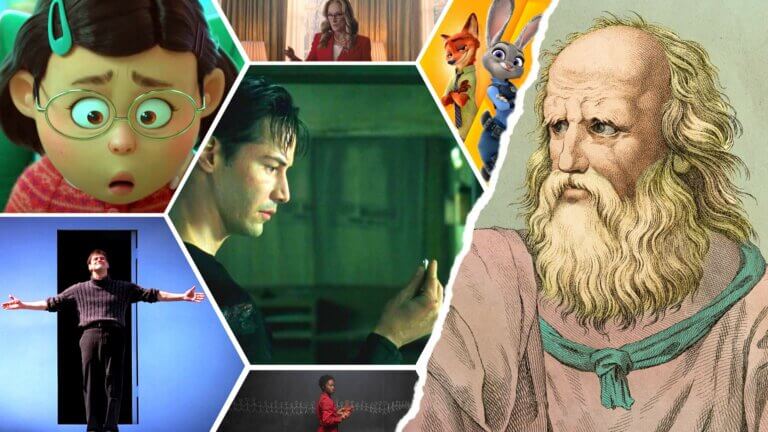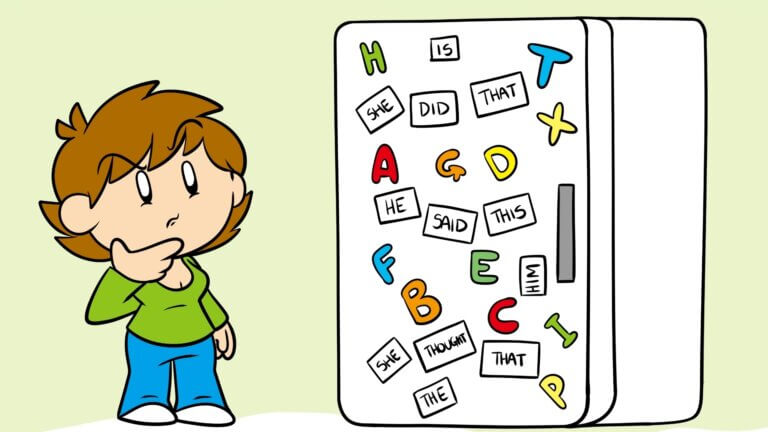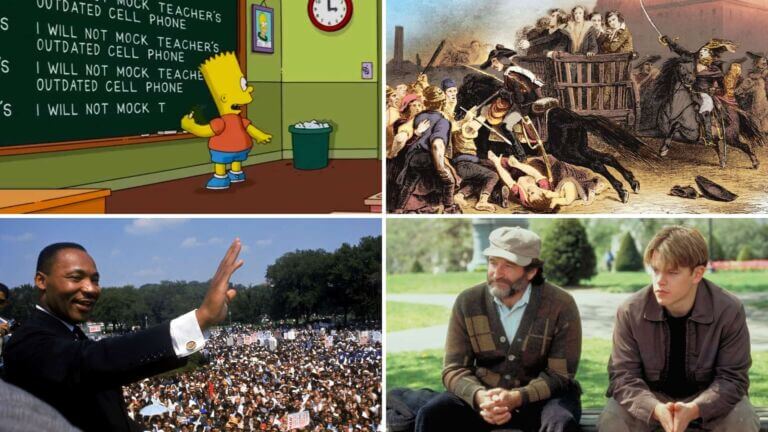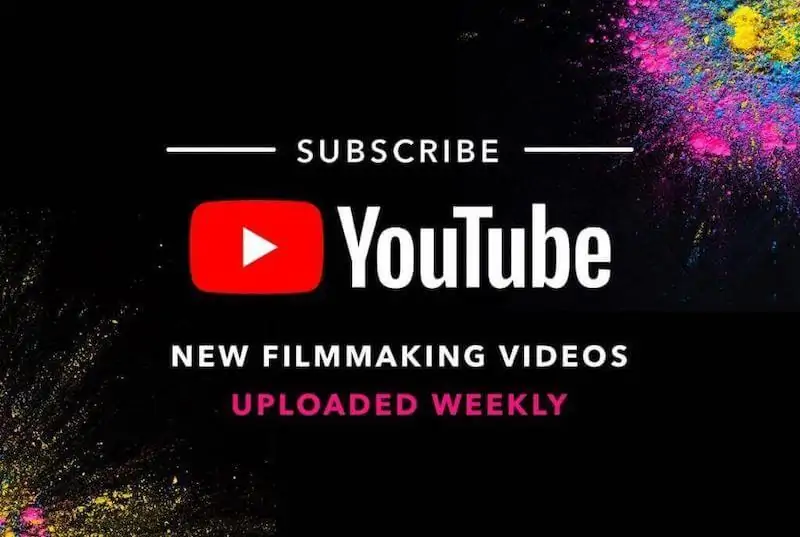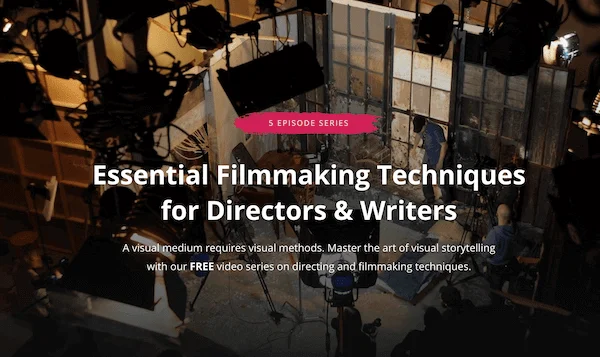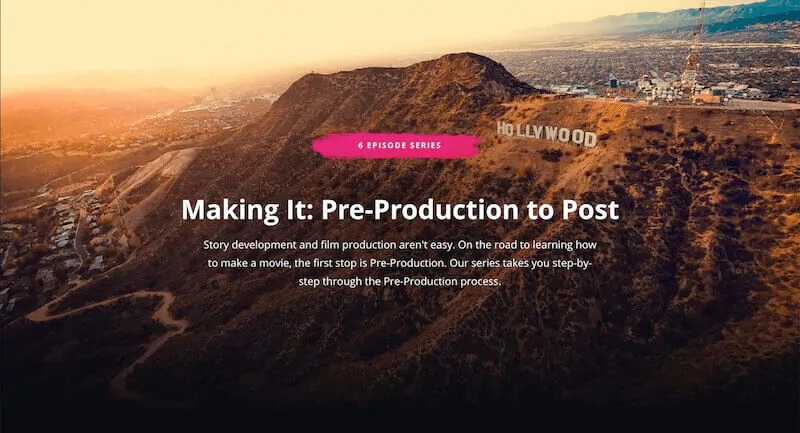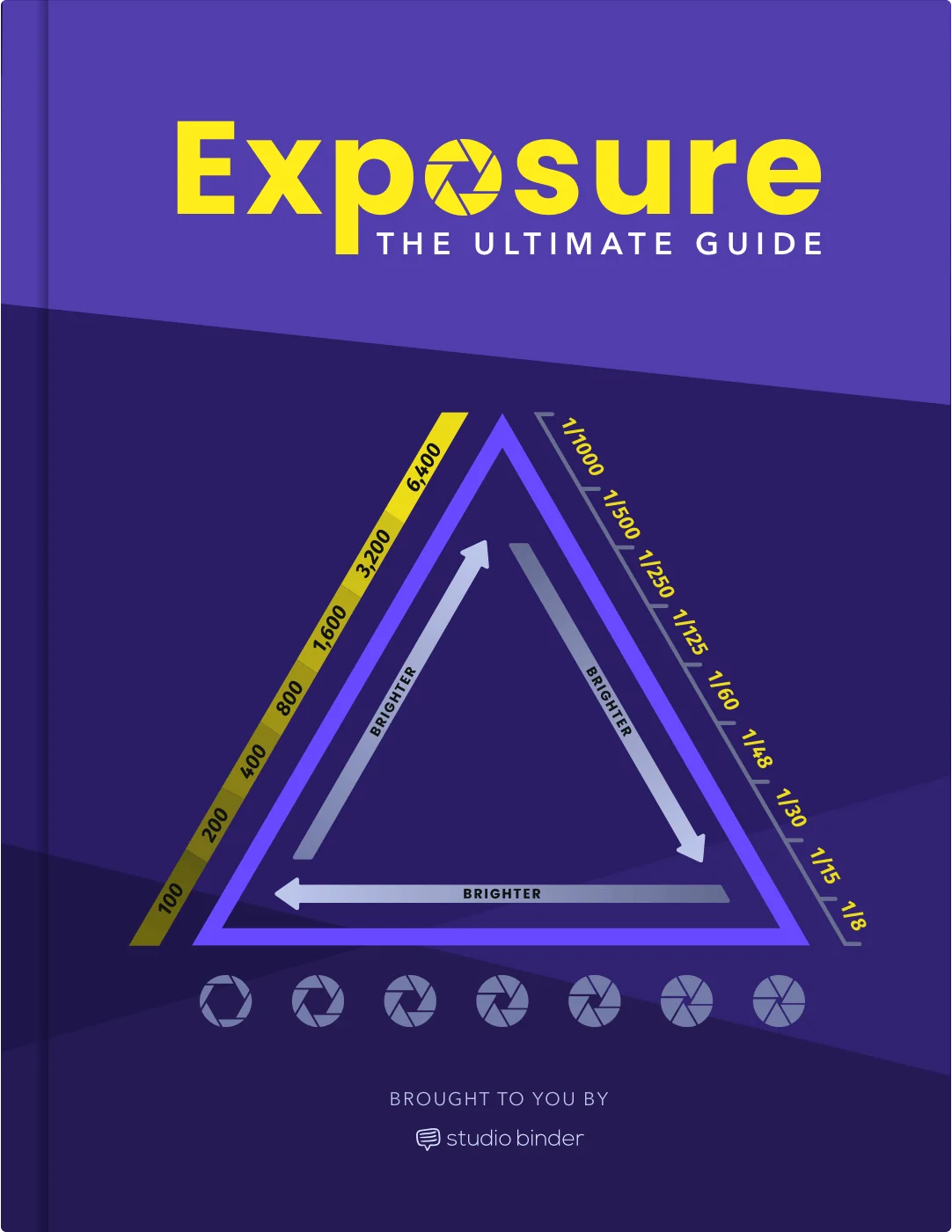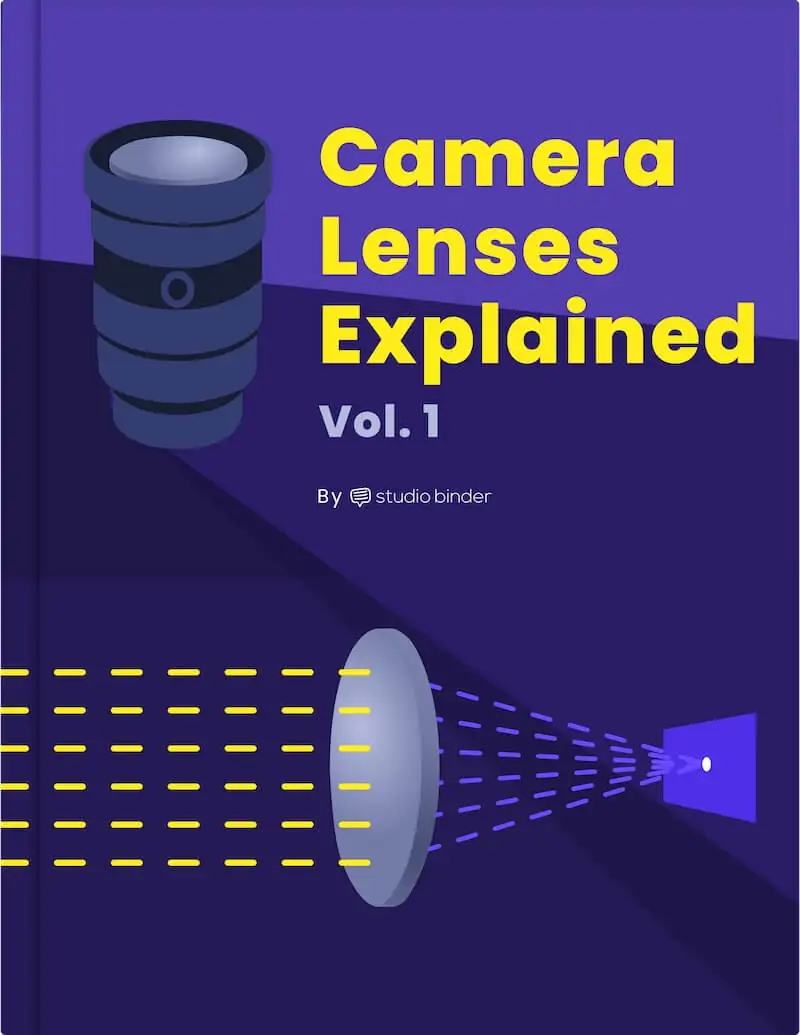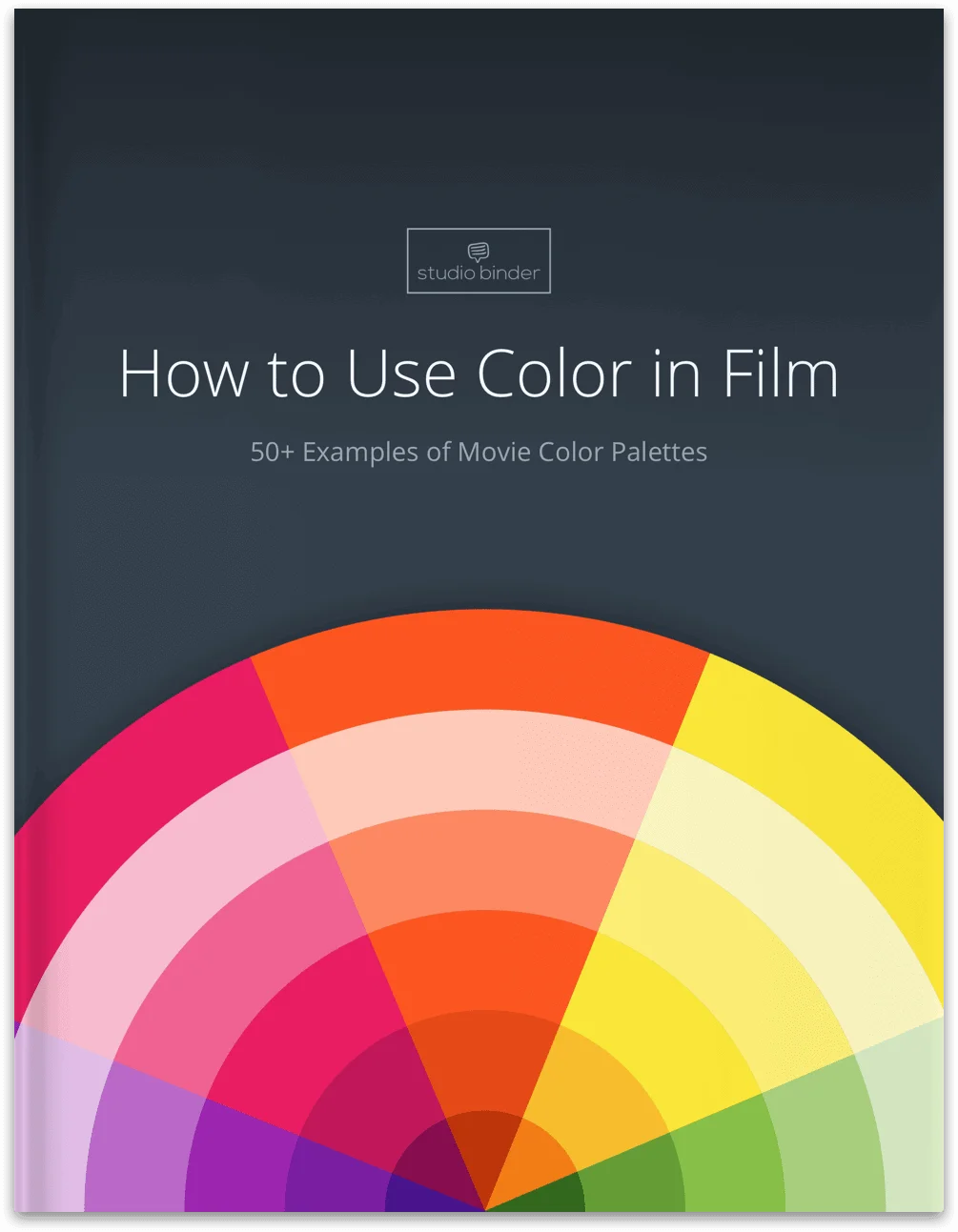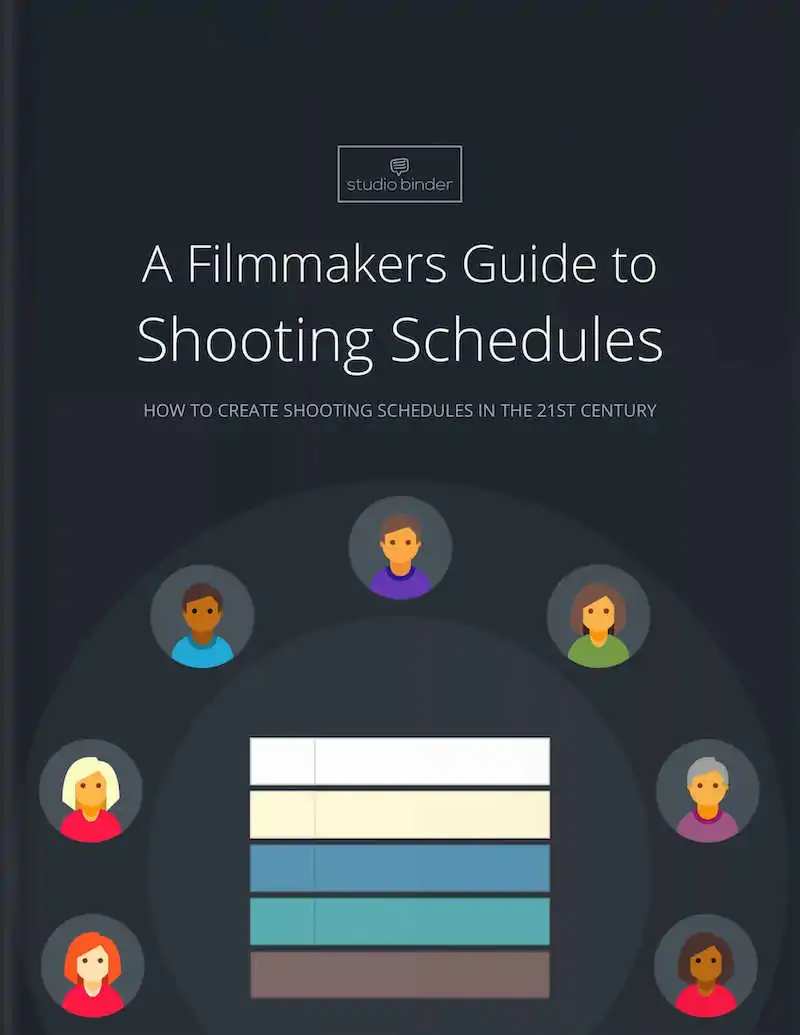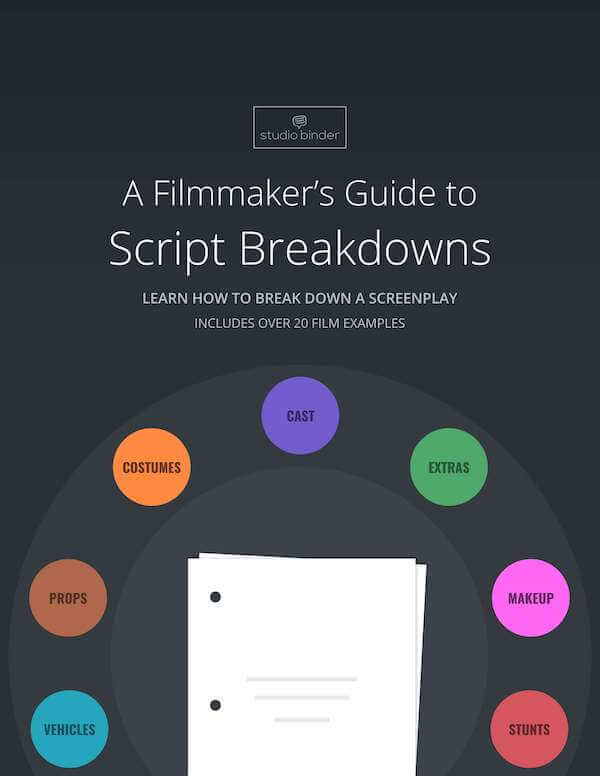Plato’s “Allegory of the Cave” is one of the most well-known philosophical concepts in history. As such, it only makes sense that numerous filmmakers would try to incorporate this philosophy into their movies. But what exactly is it? And why does it work so well in the context of filmmaking? We’ll look at this concept… Continue reading Plato’s Allegory of the Cave — Summary & Meaning Explained
Have you ever watched a movie with a plot twist that blew your mind and then watched that movie again and noticed signs leading to the twist? You’re not alone. So, what is foreshadowing? Is it just simply dropping clues or is it something more? Implementing foreshadowing techniques into your story can create anticipation that… Continue reading What is Foreshadowing — Definition, Examples in Film and Lit.
Litotes may sound like it is a term from another language, but it is in fact one of the most commonly used literary devices in everyday language. Litotes can be found in literature, movies, pop cultural, and casual conversations. So what is litotes in literature? And how exactly do you pronounce it? In this article… Continue reading What is Litotes — Definition and Examples for Writers
What is an archetype? Archetypes play an integral role in how people understand each other – but what are they? We’re going to answer that question as we define archetype, then we’ll look at some archetype examples from classic literature and film. By the end, you’ll know why archetypes are so important for storytellers –… Continue reading What is an Archetype — Definition & Examples in Storytelling
As a writer, stream of consciousness may be fun to write but unenjoyable to read. Or for you, the reverse may be true. When talking about screenwriting, stream of consciousness may not be a method frequently used on the page but can be used and benefited from in the pre-writing process or even with visual… Continue reading What is Stream of Consciousness Writing — Methods & Tips
What is denotation? Denotation is something we apply every second of our lives, but we rarely give conscious attention to it. Today, we’re going to explore what denotation is and how we can recognize it in film, literature and everyday life. We’ll also explore what makes denotation different from connotation. By the end, we’ll know… Continue reading What is Denotation — Definition & Examples for Writers
Sibilance is a useful alliterative tool that writers use to evoke reactions in their readers. But what is sibilance and how is it used? We’re going to answer those questions by looking at sibilance examples from film and literature. We’ll also define sibilance by breaking down its characteristics.Continue reading What is Sibilance — Definition &… Continue reading What is Sibilance — Definition & Examples For Writers
Typically, films and television shows utilize dialogue and action to communicate information to an audience. But what if you want a character to speak directly to an audience? One of the best tools to do this is the aside. What is an aside in literature and film? Asides have been used in plays throughout history.… Continue reading What is an Aside — Examples & Literary Device Explained
Your eyes scroll horizontally, sentence by sentence, word over word over word – you stop to think, who is it that’s addressing me? Then, perhaps subconsciously, you realize that you must be reading from an alternate point of view, maybe this is second person – but what is second person point of view? We’re going… Continue reading What is Second Person Point of View — Definition and Examples
To understand appropriate sentence structure is to understand the grammatical building blocks of the English language. By having a strong grip on the structures of your sentences, you will be a more versatile writer. In this article, we’ll break down what sentence structure is, what the four types of sentence structures are, and how to… Continue reading What is Sentence Structure — Examples and Tips for Writers
If you’ve ever heard sentence structure, met characters, or witnessed ideas that seem diametrically opposed, you’re actually pretty familiar with the idea of the antithesis. But there is more to it than just juxtaposing ideas. Read on to learn exactly what is antithesis, how this tool is used, and how you can include an antithesis… Continue reading What is Antithesis — Definition & Examples in Literature & Film
In speeches, in poetry, in literature, you may have come across a grammatical and rhetorical technique known as parallelism. It is famously known for its use of repetition, its use of emphasis, and its use of persuasion. Writers and politicians use parallelism in different ways for different reasons, as do authors and poets. But what… Continue reading What is Parallelism — Definition and Examples for Writers
Characterization is simply “what makes a character a character.” But under the umbrella of characterization, there are two subtypes: direct characterization and indirect characterization. We’re going to break down direct characterization by looking at examples from John Wick, The Grapes of Wrath, and more. By the end, you’ll know how to implement direct characterization in… Continue reading What is Direct Characterization — Character Building Tips
Literary devices aim to utilize words to communicate more efficiently and more effectively to readers and audiences. In this article, we’ll be taking a look at a literary device that aims to do just that simply by using the same word or phrase again and again. This is of course repetition. Repetition may seem straightforward, but… Continue reading What is Repetition — Definition and Examples for Writers
Anaphora can be iconic. Anaphora can be memorable. Anaphora can be effective. Okay, that may be a terrible example of the effectiveness of anaphora. Nevertheless, anaphora is responsible for some of the most iconic speeches in history. What is anaphora and how does it accomplish all of these things? In this article, we’ll take a… Continue reading What is Anaphora — Definition and Examples for Writers
Context has the ability to change the meaning of a story and how we view its characters — but what is context? We’re going to answer that question by looking at examples from The Office, In Cold Blood and more. We’ll also look at some tips and tricks for how you can effectively implement this… Continue reading What is Context — Definition and Examples for Writers
⌂ Types OF IronyVerbal IronySituational IronyDramatic Irony We encounter irony every day: in our favorite movies, TV shows, and in our own lives. Most people have a general understanding of irony but there are also a lot of misconceptions about it. For example, were you aware that there are 3 different types of irony? In this… Continue reading 3 Types of Irony Every Storyteller Should Know (with Examples)
One of the most effective ways at making a line of text in literature memorable is by creating rhythm. Writers have a few ways of creating rhythm such as rhyming and alliteration. However, both can become redundant because of their more obvious nature. A more subtle literary device that creates rhythm is assonance. What is… Continue reading What is Assonance — Definition and Examples for Writers
